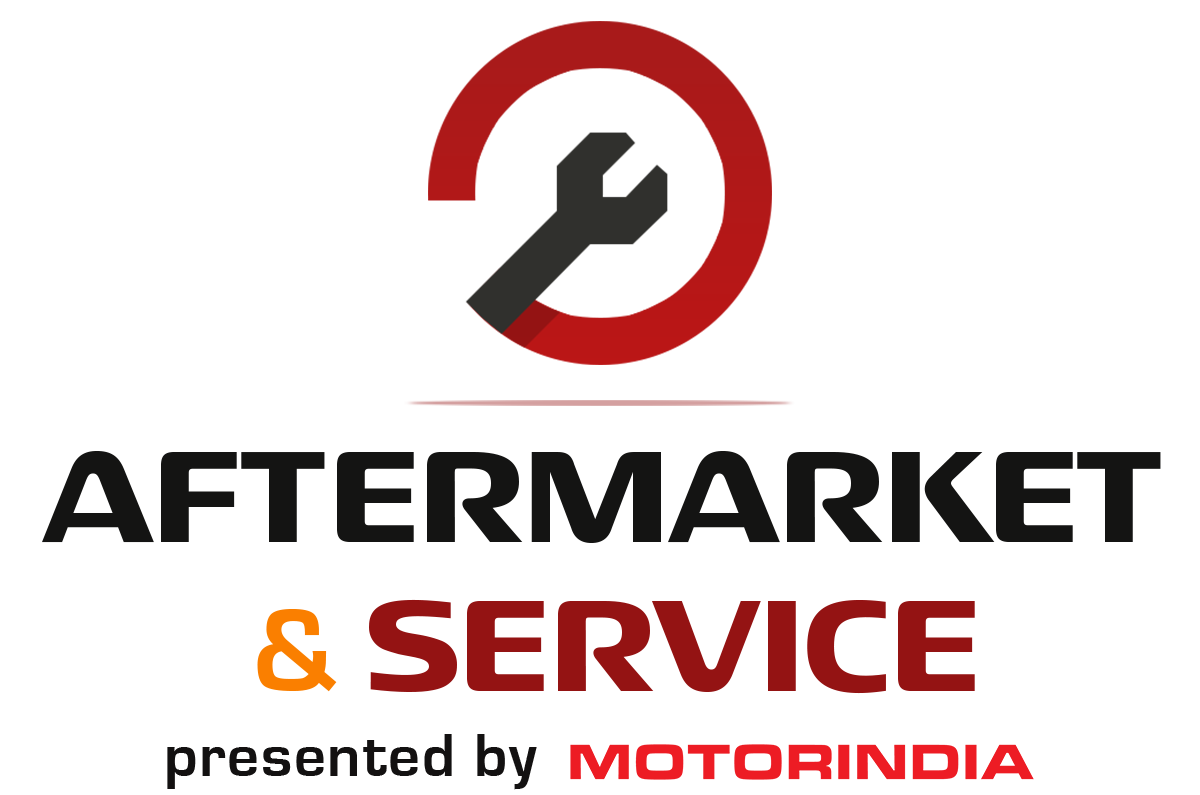By Girish Phansalkar, Partner, and Shipra Biswas Bhattacharyya, Associate Partner, Mckinsey & Company

The automotive sector – with a number of brands, models and offers – presents a challenge to marketers to reach and convert customers. A preferred route to stand out from the competition is pricing – not just on the product but across all value-added offerings.
Studies show that 75% of customers today are more likely to make a purchase when the offer is personalized. This highlights the significance of customized pricing in capturing customer attention in a market replete with offers.
Pricing strategies play a crucial role, especially in industries that face volatile input prices and trailing consumer demand. Pricing strategies impact profitability, differentiation, customer acquisition, retention and lasting value perception, and can achieve sustainable growth for a company and outperform peers. The time is right for businesses to onboard solutions that use data and logic and enable customizing and dynamically refining pricing at scale.
Transitioning from fixed pricing models
Traditional fixed leads to missed opportunities with key customer segments. Over the last few years, there has been a notable shift towards dynamic and personalized approaches, in both B2B and B2C situations. Dynamic pricing considers real-time factors such as demand fluctuations, inventory levels, market trends, and competitor moves, enabling businesses to adjust prices and optimize revenue and profitability. Analyzing demand patterns and customer behavior in this data-driven approach ensures that organizations can offer prices that maximize revenue and profitability while remaining competitive.

Harnessing the power of grouping: B2B dynamic deal scoring engine
In a typical B2B scenario, there are often variations in discounts, but we can distinguish between ‘necessary’ and ‘avoidable’ ones. Necessary variations are based on objective factors like customer size, deal size, product differentiation and competition, while avoidable variations arise from unnecessary discounting due to lack of information or incentives.
A dynamic deal scoring engine helps in reducing these avoidable price variations, working in three simple steps: first, it groups past deals together based on how much discount was given; second, it compares new price quotes with similar past deals; finally, it helps make data-driven pricing decisions and adjusting incentives.
This system provides clear and immediate guidance on fair prices based on deal dynamics, rather than using one-size-fits-all rules. It motivates sales representatives by tying incentives to the quality of their sales and not just the number of bookings, encouraging them to prioritize better deals. Additionally, it improves control by setting approval levels based on deal scores, carefully reviewing crucial deals, and automatically approving others.
Unlocking value by ungrouping: Personalizing the best ‘for one’ proposition across B2B and B2C

A proven approach to customized pricing is creating personalized customer propositions from the bottom-up, based on the relative value offered to the customer. This approach provides the price and how to approach the customer by accounting for factors like competition, analysis of historical deals, customer experience, and purchase behavior. When combined with customer mapping, it equips the sales team with tailored propositions and incentives empowering them to improve conversion rates and foster customer loyalty.
A notable global example of successful pricing strategy is Tesla, which effectively connected with customers and drove sales through sweeteners such as personalized benefits, tax credits, regional incentives, referral programs and discounts on top of personalized pricing.
Personalized pricing also works well in the Indian market context. Automotive manufacturers can achieve a 4 to 6% improvement in return on sales for specific product groups by adopting personalized pricing for prioritized segments. A good way to do this is to factor in the customer’s experience with the product while setting the price. Factors such as service quality, telematics usage, past complaints, and customer preferences contribute to the overall assessment of value. By using an engine that derives insights from this data, businesses can create tailored pricing propositions that resonate with customers.
It’s about data, and discipline
Data-led pricing requires careful consideration and preparation before implementation. To build pricing engines like dynamic deal scoring or personalized customer proposition generators, an organization needs accurate, up-to-date data that can deliver the right value propositions and prices to its customers. This requires a certain degree of data and process discipline across different verticals in the organization.
Another aspect is how well the analytics-driven pricing translates on-ground with the sales organization, and particularly with the sales frontline. Delivering real impact may require setting up new pricing teams aligned to the new ways of working. In addition, the frontline team needs enablement through capability building and tools that will support them in negotiating deals.
Pricing ‘right for you’ and ‘for right now’ is a game-changer in today’s competitive business landscape. By leveraging data analytics and artificial intelligence, automotive and allied businesses can make informed pricing decisions to gain competitive advantage with unique tailored value propositions for specific customer segments. By adopting these approaches, they can connect better with increasingly discerning contemporary customers, drive sales, and achieve improved returns on sales.




